Mega-Staudamm: Mensch gegen Maschine
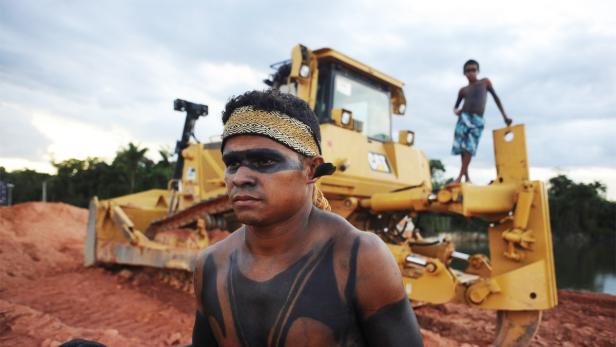
© Reuters
Der staatliche Baukonzern löst sein Versprechen der UN-Konferenz nicht ein und will das Projekt im Amazonas vorantrieben. Ureinwohner besetzen eine Baustelle. Auch Österreich spielt eine Rolle.
10.10.12, 11:06

© Reuters
Belo Monte
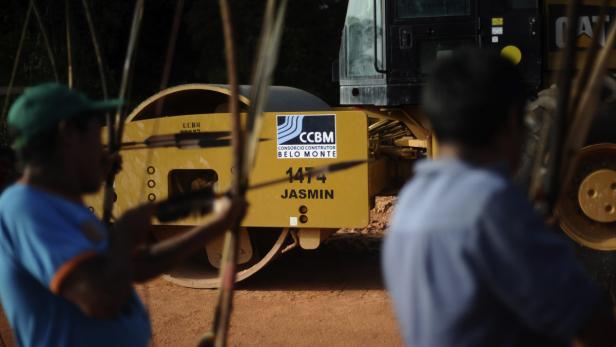
© REUTERS
REUTERSA group of Amazon Indians walk past heavy machinery being used in the construction of the massive Belo Monte hydroelectric dam, as they protest against the project in Vitoria do Xingu July 7, 2012. Some 300 natives have been occupying, since June 2
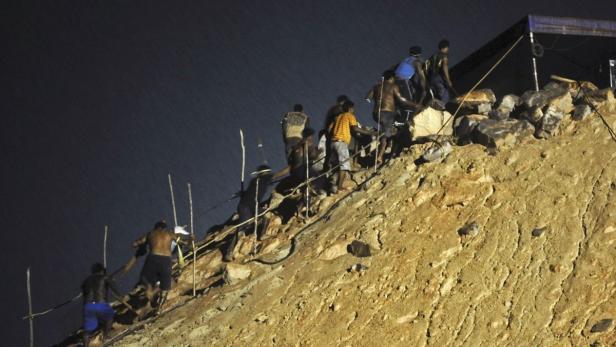
© REUTERS
REUTERSAmazonian natives climb up an artificial barrier which is part of the Belo Monte hydroelectric dam project to block heavy machinery from being used in protest against what they call the violation of their rights, in Vitoria do Xingu near Altamira,

© REUTERS
REUTERSAmazonian natives block heavy machinery being used to construct the Belo Monte hydroelectric dam in protest against what they call the violation of their rights, in Vitoria do Xingu near Altamira, October 8, 2012. Some 150 people opposed to the dam
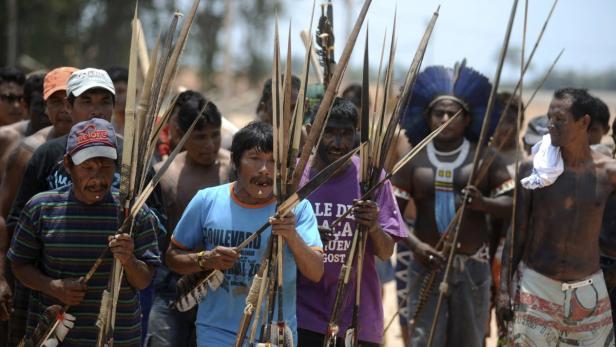
© REUTERS
REUTERSDozens of Amazonian Indians, fishermen and local residents block heavy machinery being used to construct the Belo Monte hydroelectric dam in protest against what they call the violation of their rights, in Vitoria do Xingu near Altamira, October 9,
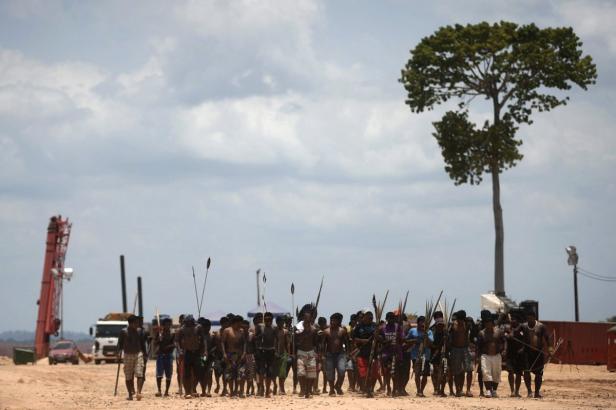
© REUTERS
REUTERSDozens of Amazonian Indians, fishermen and local residents block heavy machinery being used to construct the Belo Monte hydroelectric dam in protest against what they call the violation of their rights, in Vitoria do Xingu near Altamira, October 9,

© EPA
EPAepa03274450 Natives, members of Movement Landless and students protest the construction of an hydroelectric in the Amazon region of Belo Monte, during the the UN Conference for Sustainable Development Rio+20 outside convention center Riocentro in Rio d
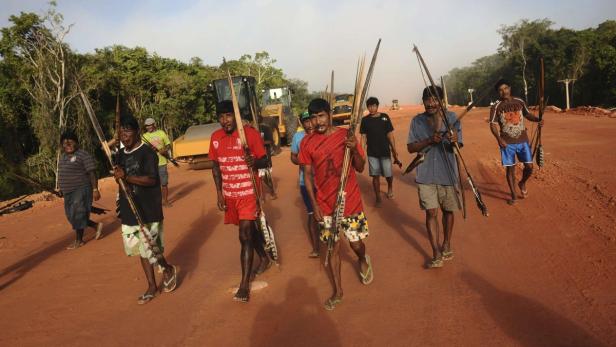
© REUTERS
REUTERSA group of Amazon Indians walks past heavy machinery being used in the construction of the massive Belo Monte hydroelectric dam, as they protest against the project in Vitoria do Xingu July 7, 2012. Some 300 natives have been occupying, since June

© REUTERS
REUTERSA Yawalapiti woman carries fishes caught by men fishing in the Tuatuari River to feed the guests of this years quarup, a ritual held over several days to honour in death a person of great importance to them, in the Xingu National Park, Mato Grosso
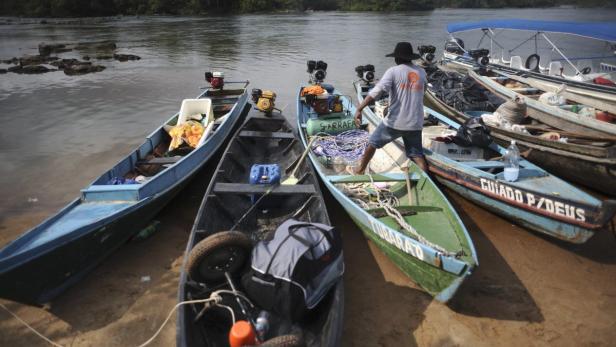
© REUTERS
REUTERSFishermen set off from an island along the Xingu River, where they are camping while they protest against the construction of the Belo Monte hydroelectric dam and its impact on their livelihoods, near Altamira in Para State, September 22, 2012. Som
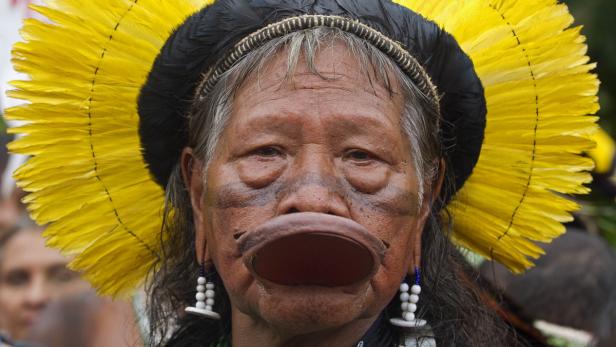
© dapd
dapdKayapo tribal leader Raoni Metuktire attends a protest during the UN Conference on Sustainable Development, or Rio+20, in Rio de Janeiro, Brazil, Wednesday, June 20, 2012. Brazils indigenous are protesting the governments plan to construct the large B
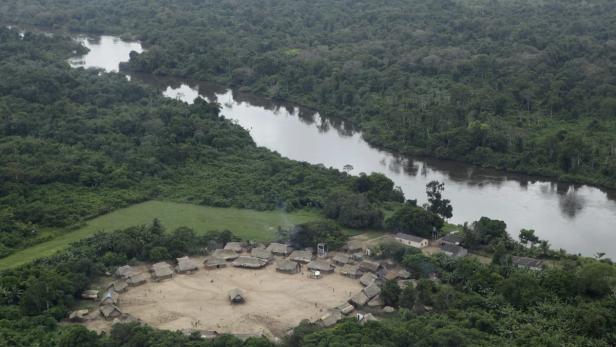
© REUTERS
REUTERSAn aerial view of the Bacaja indigenous tribe, of Chicrin ethnicity, on the Bacaja river banks, an affluent of the Xingu river, 220 km (137 miles) outside Altamira, northern Brazil April 29, 2010. After nearly three decades of sometimes violent pro

© EPA
EPAepa03362620 Xingu River, Brazil - Undated handout photo made available on 15 August 2012 shows three hundred indigenous people, small farmers, fisherfolk, and local residents occupying the Belo Monte Dam project, near the municipalities of Altamira and

© REUTERS
REUTERSA banner raised by fishermen and their families stands across the Xingu River from the construction site of the Belo Monte hydroelectric dam construction site, on the fourteenth day of a protest against its construction and its impact on the fisher

© REUTERS
REUTERSA view of towers and high tension wires belonging to Eletronorte that transport electricity across Para State in the Amazon Basin near Maraba, March 30, 2010. Steel and mining companies have announced investments totaling some $40 billion in Brazil

© REUTERS
REUTERSA Yawalapiti boy holds a cachorra or vampire fish that the tribes men caught while fishing to feed the guests of this years quarup, a ritual held over several days to honour in death a person of great importance to them, in the Xingu National Park,
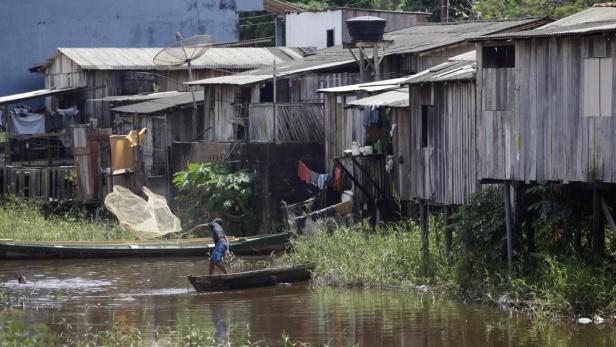
© REUTERS
REUTERSA boy throws a fishing net in the water near blockhouses on an affluent of the Xingu river in Altamira, northern Brazil, April 27, 2010. After nearly three decades of sometimes violent protests, about 1,000 other indigenous people in the remote re
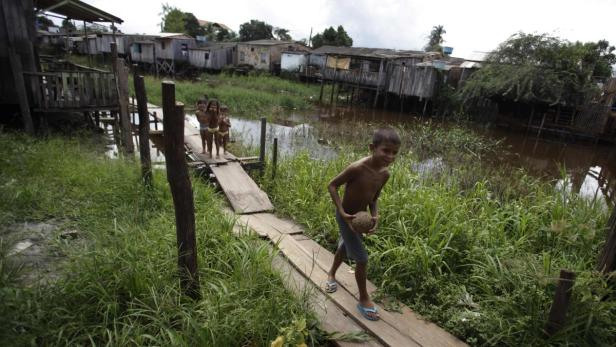
© REUTERS
REUTERSChildren walk near blockhouses near an affluent of the Xingu river in Altamira, northern Brazil April 27, 2010. After nearly three decades of sometimes violent protests, about 1,000 other indigenous people in the remote region have resigned themsel
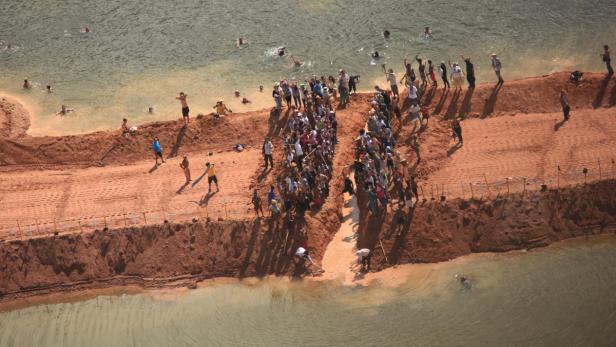
© EPA
EPAepa03362614 Xingu River, Brazil - Undated handout photo made available on 15 August 2012 shows three hundred indigenous people, small farmers, fisherfolk, and local residents occupying the Belo Monte Dam project, near the municipalities of Altamira and
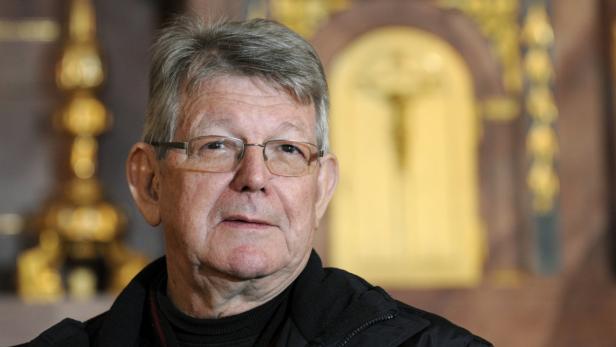
© APA/ROLAND SCHLAGER
APA/ROLAND SCHLAGERAPA3066311 - 27102010 - EISENSTADT - ÖSTERREICH: Der seit Jahrzehnten in Brasilien tätige Bischof und Träger des Alternativen Nobelpreises, Erwin Kräutler, am Mittwoch, 27. Oktober 2010, im Rahmen eines Interviews mit der APA in Eis
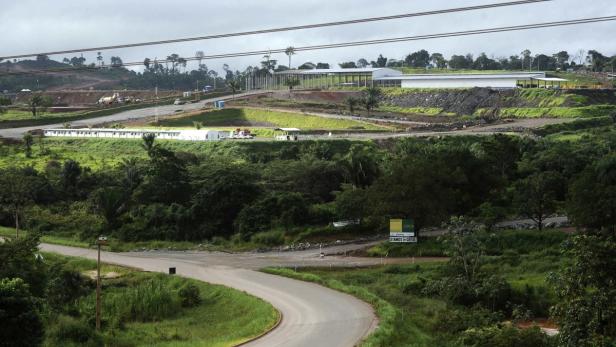
© REUTERS
REUTERSA view of the entrance of the construction site of Belo Monte Dam project during a workers strike at Transamazonica national highway in Vitoria do Xingu in northern Brazil April 26, 2012. The strike started on April 23, according to the Consortium
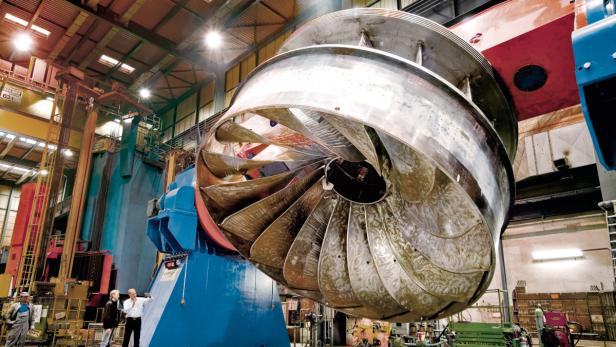
© Andritz
Andritz
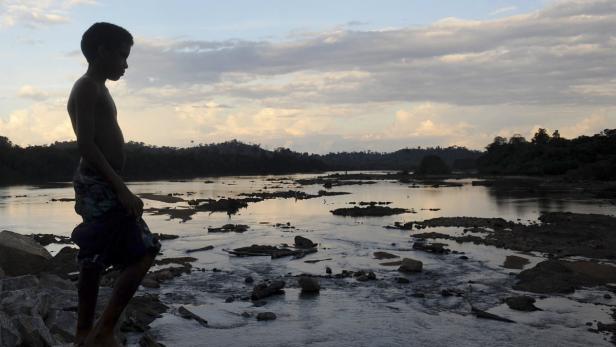
© REUTERS
REUTERSA native Amazon boy stands on the bank of the Xingu River where water has begun to dry up downriver from the construction site of the massive Belo Monte hydroelectric dam, near Vitoria do Xingu July 6, 2012. Some 300 natives have been occupying, si
Kommentare